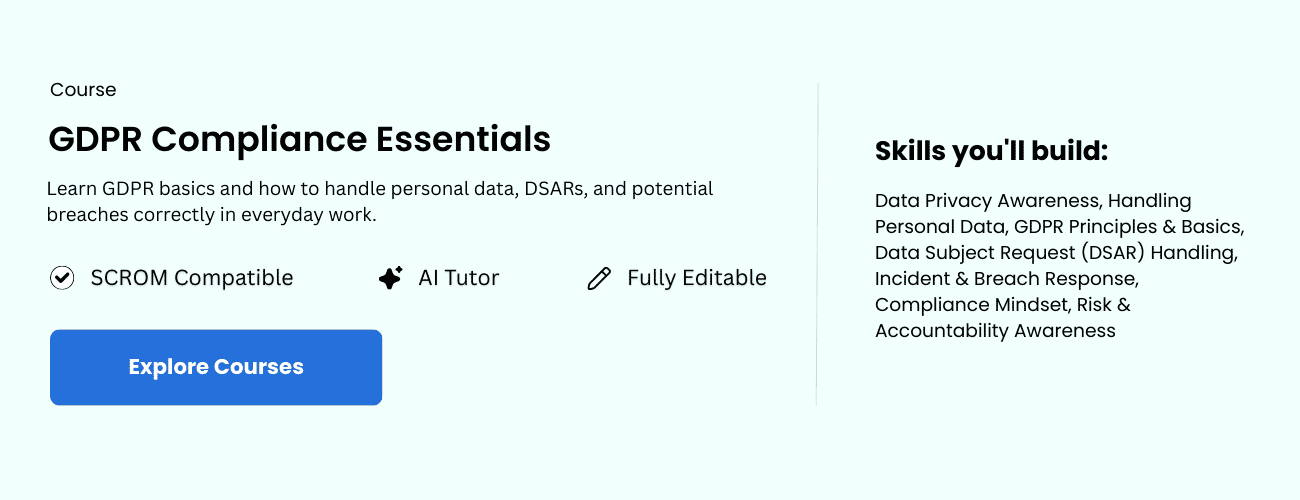Introduction: Why SOC 2 Compliance Matters in Today’s Business Landscape
More than just a compliance measure, SOC 2 contributes to risk mitigation, bolsters customer trust, and supports regulatory adherence—making it a strategic component of modern business success.
Understanding SOC 2: Foundations of Security, Availability, and Confidentiality
SOC 2 is centered around five Trust Service Principles that serve as the foundation for effective control implementation. These principles guide organizations in establishing robust controls tailored to their service offerings and client expectations.
The Core Principles of SOC 2
Each principle emphasizes a critical aspect of system security and data protection:
- Security: Protecting systems from unauthorized access, both physically and logically, through firewalls, intrusion detection, and multi-factor authentication.
- Availability: Ensuring systems are operational, reliable, and accessible as agreed, supported by disaster recovery and incident management processes.
- Confidentiality: Securing sensitive data against unauthorized disclosure via encryption and access controls.
- Processing Integrity: Maintaining accurate, complete, and timely data processing, vital in sectors like finance and healthcare.
- Privacy: Managing personal data responsibly, in compliance with laws such as GDPR and CCPA.
The Trust Service Categories and Their Importance
Organizations may choose to be assessed on one or more categories, shaping their control focus:
- Security
- Availability
- Processing Integrity
- Confidentiality
- Privacy
These categories collectively ensure a comprehensive approach to safeguarding data and maintaining system reliability, vital for client confidence and regulatory compliance.
Essential Components of SOC 2 Compliance Training
Effective SOC 2 compliance begins with comprehensive employee training that covers core control topics and promotes a security-aware culture. Training programs should be tailored to roles, ensuring everyone understands their responsibilities for ongoing compliance.
Key Topics Covered in SOC 2 Training
- Understanding SOC 2 and Trust Services: Clear overview of what SOC 2 entails, including the five trust categories and how they relate to daily operations.
- Data Security and Privacy: Best practices for protecting sensitive data, emphasizing encryption, access management, and secure data handling.
- Access Management: Proper management of user permissions, multi-factor authentication, and periodic reviews to prevent unauthorized access.
- Incident Response: Recognizing security threats, reporting procedures, and employee roles during security incidents to ensure swift mitigation.
- Policies and Procedures: Awareness of organizational policies, including acceptable use and change management, fostering a culture of compliance.
- Physical Security: Securing physical premises, devices, and environmental controls to complement cybersecurity efforts.
Roles Critical to Maintaining SOC 2 Compliance
Ongoing compliance is a team effort involving:
- Executive Leadership: Setting priorities, allocating resources, and promoting a compliance-driven culture.
- IT and Security Teams: Implementing controls, managing vulnerabilities, and monitoring systems.
- Compliance and Audit Staff: Preparing documentation, performing internal checks, and supporting external audits.
- All Employees and End Users: Following policies, practicing secure habits, and participating in training.
- Vendors and Partners: Ensuring third-party controls meet SOC 2 standards through effective oversight.
Best Practices for Ongoing Employee Education
- Conduct regular training sessions and refreshers to keep security top of mind.
- Use simulated exercises like phishing drills to test awareness and response capabilities.
- Maintain accessible policies and communicate updates promptly.
- Leverage e-learning platforms for consistent training and progress tracking.
- Encourage leadership involvement to reinforce the importance of compliance at all levels.
Implementing Security, Availability, and Confidentiality Controls
Strengthening security involves deploying layered defenses—an approach known as “defense in depth.” This strategy integrates various technical and procedural controls to create a resilient security posture.
Practical Security Measures
- Authentication and Access Controls: Multi-factor authentication, role-based permissions, and regular access reviews limit insider and external threats.
- Patch Management: Applying regular security patches promptly to fix vulnerabilities.
- Monitoring and Detection: Using SIEM tools to identify suspicious activity early and respond proactively.
Ensuring System Availability
- Redundancy and Failover: Hardware redundancy and geographically dispersed data centers ensure continuous service.
- Monitoring and Incident Response: Real-time monitoring and well-defined response plans minimize downtime during disruptions.
Protecting Data Confidentiality
- Encryption and Tokenization: Securing data at rest and in transit and replacing sensitive data with tokens to limit exposure.
- Data Loss Prevention (DLP): Monitoring data transfers to prevent leaks and conducting regular data audits.
Common Pitfalls to Avoid
- Neglecting Risk Assessments: Regular evaluations identify emerging vulnerabilities.
- Overlooking Employee Training: Human factors remain a major security risk; ongoing awareness is key.
- Ignoring Insider Threats: Monitoring internal activities and enforcing stricter access reduces insider risks.
Implementing these strategies with continuous evaluation helps organizations maintain system integrity, reduce vulnerabilities, and uphold trust with clients.
Conclusion: Leveraging SOC 2 Compliance Training for Your Business Success
Maintaining a strong security posture and ongoing compliance is an ongoing journey that demands vigilance, strategic action, and continuous improvement. Regular policy reviews, employee training, and technological upgrades are essential to stay ahead of cyber threats.
Key steps include conducting periodic audits, investing in staff education, implementing automation, and developing comprehensive incident response plans. Staying informed about emerging risks and industry standards like ISO 27001 or GDPR further enhances credibility and trust.
Building a security-conscious organizational culture encourages transparency, accountability, and resilience. This commitment not only ensures ongoing compliance but also builds enduring trust with clients and partners, positioning your business for long-term success in an increasingly competitive and digital landscape.
In essence, SOC 2 compliance and effective security practices are not just regulatory requirements—they are strategic investments that protect your organization and foster confidence in your data security capabilities.

















